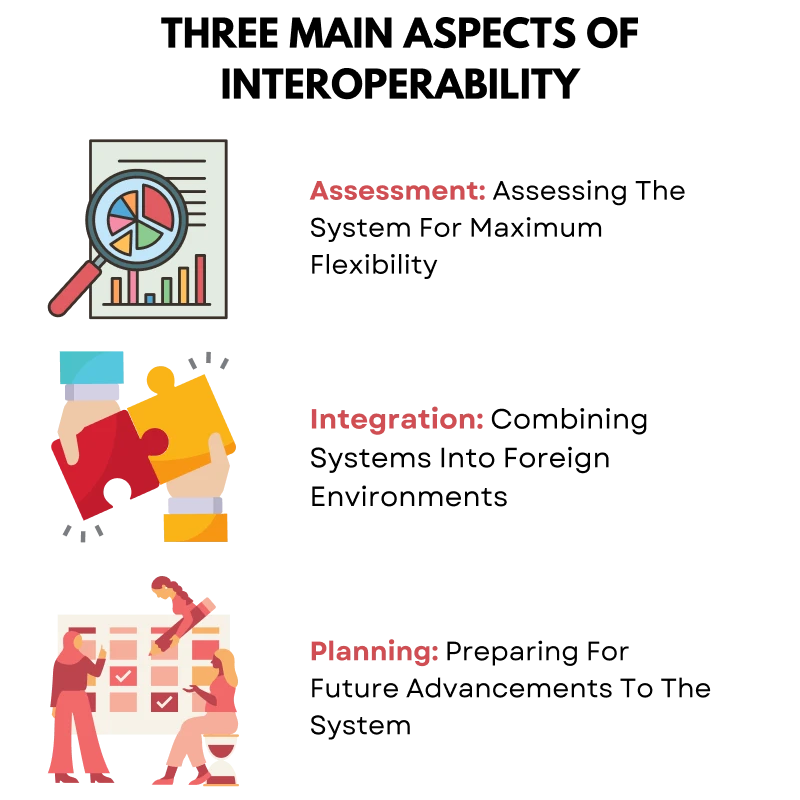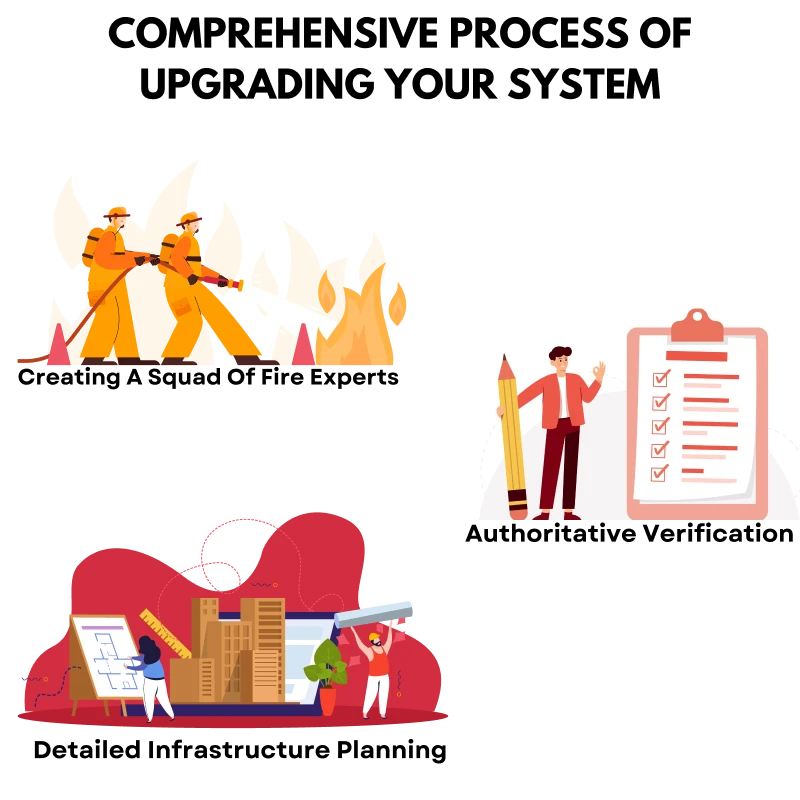Ensuring Compatibility and Robustness: Advanced Testing for Fire Alarm System Components
The compatibility of a fire alarm system is a complex and intricate puzzle, intricately woven with its manufacturing and system type. Many fascinating variations exist today as manufacturers strive to meet customers’ requirements. Our focus is ensuring these systems are compatible with any components while subjecting them to rigorous testing for maximum robustness.
The Just-Right Combination of Compatibility and Robustness
Striking the right balance between versatility and compatibility is challenging. In a world where customers demand both, the pressure to deliver is high. However, it’s easy to overlook the basics when pursuing these factors. This is why conducting regular tests on your systems and ensuring they are not lacking in any aspect is crucial. Businesses rely on these systems to protect their structures and people, leaving no room for error.
Here are a few essential testing procedures that you need to conduct to ensure that your system is on the right track and is compatible with your future expansion and upgrade plans,
Component Compatibility Testing
It is crucial to analyze the existing system and understand its limitations when determining compatibility. This will give you the information you need to decide how compatible your architecture is with other systems and whether interchangeability is possible.
More often than not, this leads to deciding whether to upgrade your old system, repair the current system, or keep it as it is. There are a few pointers that can help you gain clarity for this problem,
- Conditioning: Over years of usage, alarm systems show signs of aging through frequent false alarms, malfunctions, system shutdowns, slow response times, and physical appearance. These are all indications you need to note down and keep in check because they are indicators that repairs may be required and that the whole system may need a revamp.
- Advancing Equipment: Older systems can have difficulty dealing with today’s technology in newer alarm architectures. The protection tech landscape is changing rapidly, which is another indication that your alarm systems need to change with the times.
- Rules: As the years go by, even governmental organizations like the NFPA (National Fire Protection Association) and OSHA (Occupational Safety and Health Administration) are updating their rules and regulations according to what is needed today for fire protection. So, updating your system is a no-brainer here, as you must abide by the new and improved laws for your system.
- Cost of Repair: Maintaining your current systems is no easy task, but the older they get, the more challenging and expensive it is to meet primary fire safety needs. A better and more streamlined option is upgrading the system as a whole and letting this system take care of your problems for the next decade.
System Interoperability Evaluation and Testing
Interoperability involves assessing every system component and determining whether they can be integrated smoothly into systems that may not be related to the system’s use but follow the same guidelines in their construction and implementation.
The initial factors of this evaluation can include the alarm system’s overall age, the type of hazard it was built to battle, the details of the manufacturing party, its location, and the singular devices it has integrated into its operations.
Here are a few steps that summarize the overall structure of this testing procedure,
- Evaluate the total age of your system to estimate the current functionality of the system’s components. This can turn into a step that focuses on making the required repairs and upgrades to the system where needed.
- To evaluate the system’s compatibility with different technical devices and structures, it is essential first to assess the data available on the system’s original manufacturer, the materials they used, the regulations they followed, and the plans they had in mind.
- The type of alarm system in the building is also essential to understanding the target hazard for which the system was built. Some systems only provide information about the location of the hazard. In contrast, others offer a more detailed analysis of the problem, such as the vibration resistance of the alarms, top temperatures, and estimated distancing.
- Connections between the system’s modules and devices can differ; while some depend on individual messaging, others can communicate better with an infrastructure of proper networking.
- Ensuring that your insurance company or AHJ (Authority Having Jurisdiction) is in compliance with your structures and provides the required certifications and signatures to approve your system lawfully.
- The final part is testing the system’s interoperability by integrating it with other systems, such as electrical, air conditioning, and data protection systems with very different structures.

What To Do When You Need A New System?
Evaluating and asking the right questions about your system is critical to revamping it and making it compatible with existing architectures. Here are a few points of this process, along with the questions that need to be answered,
- Make an effective team with expertise in the codes and regulations that must be followed when making your changes and people with the skills to design the system correctly.
- Next, it involves analyzing the current rules and regulations surrounding the architecture. This is essential to gaining a good base of knowledge that can save a lot of time and money in the process.
- Now it is the complete study of the system itself, here are the questions that need to be asked,
- Was the system well documented in its inspection and maintenance procedures?
- What is the current condition of the system due to maintenance?
- Where does the revamp need to occur in the system?
- What are the requirements for compatibility of the old and new systems?
- Does the new system potentially integrate with the building’s plans?
- Are there any accessibility issues?
- Would there be any operational complications due to integration?
- Are there any limitations to the tasks the manufacturing contractor must execute when building the new system?
- The final step is acquiring the necessary certifications and confirmations to integrate the system. The correct documentation must be created for all processes, including construction, integration, inspection, testing, and maintenance.
Check out another blog for a more detailed look at alarm systems’ life cycles and the importance of maintaining them. And if that’s not enough, we’ve got a library of 500+ checklists that are instantly downloadable and usable for your inspection tasks, making them much more efficient and less time-consuming.

Explore more templates
Ensure the compatibility and interchangeability of components in your fire alarm system with our checklist.
Test the vibration resistance of your fire alarm system components with our checklist.
Ensure compatibility of components in your fire alarm system with our checklist.
Tailored to meet your specific requirements, enabling you to manage
inspections and reports with greater detail and efficiency
ZenFire is a lot more customized to my business. Before I was using a generic app, I could not customize, like I do now."
